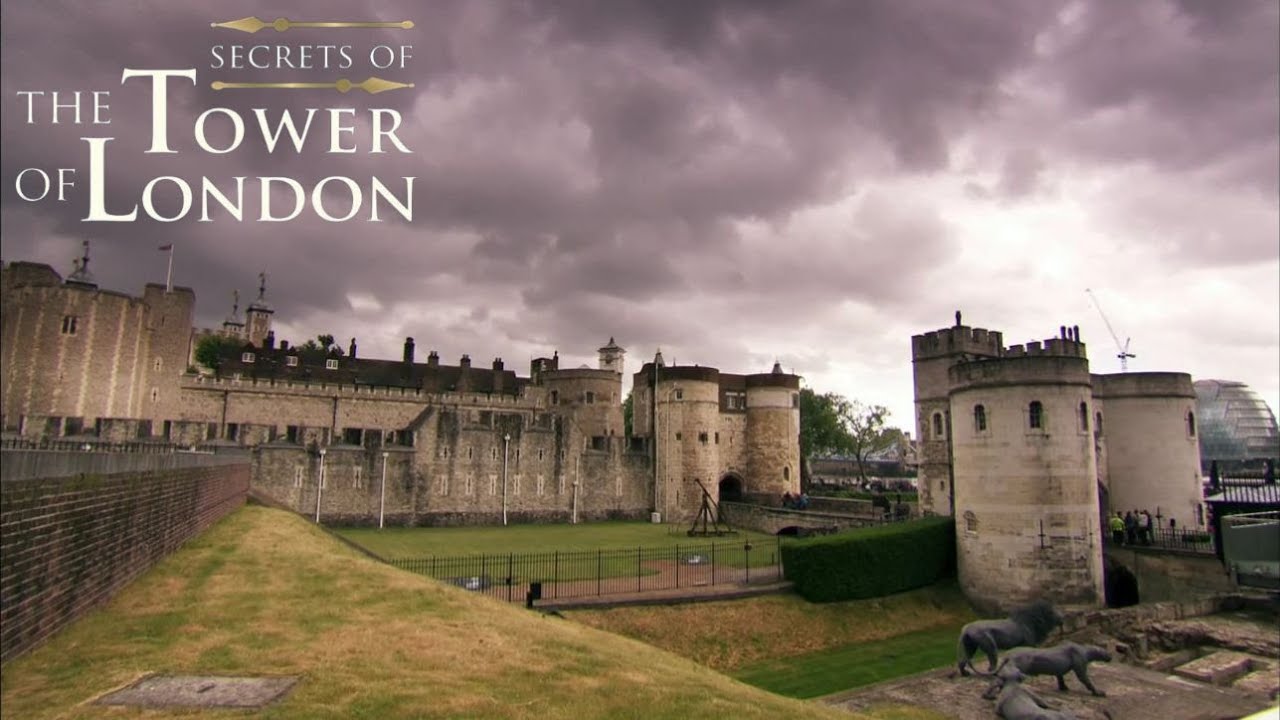
History of the Tower of London
Construction and Origins
The Tower of London stands as a remarkable testament to England’s rich history. Its construction began in 1066 under the orders of William the Conqueror, aiming to establish a stronghold to assert his authority. Initially called the White Tower, it was a symbol of power and intimidation.
- Materials Used:
- Limestone
- Oak timber
- Purpose:
- Royal residence
- Fortress
Evolution Over the Centuries
As centuries passed, the Tower transformed from a royal palace to a fortress and jail. Under various monarchs, new structures and enhancements were added, adapting to the changing needs of the time.
For instance, during the Tudor period, it became infamous as a prison for high-profile figures. These adaptations showcase the Tower’s role as a dynamic entity within England’s history, embodying power, authority, and intrigue.
Legends Surrounding the Tower
The Haunting of Anne Boleyn
The Tower of London is shrouded in legends, notably the haunting of Anne Boleyn. Executed in 1536, her spirit is said to wander the grounds, often appearing in a white dress, carrying her head.
- Sightings reported by visitors:
- Flickering lights
- Mysterious whispers
Many recount chilling encounters, igniting curiosity about her tragic fate.
The Ghostly Presence of the Princes in the Tower
Then there are the Princes in the Tower, Edward and Richard, who vanished mysteriously in 1483. Their alleged spirits haunt the very corridors where they were imprisoned.
- Commonly reported experiences include:
- Sudden cold drafts
- Unexplained shadows
These legends lend an eerie charm to the Tower, making it a captivating site for ghost enthusiasts.
Myths and Mysteries Within the Tower
The Legend of the Ravenmaster
Continuing the journey through the Tower’s rich tapestry of myths, one cannot overlook the intriguing role of the Ravenmaster. According to legend, if the ravens ever leave the Tower, the kingdom will fall.
- The Ravenmaster’s duties:
- Caring for the ravens
- Ensuring their presence
Visitors often spot these majestic birds, a symbol of protection, which adds to the Tower’s mystical vibe.
The Curse of the Crown Jewels
Equally fascinating is the supposed curse surrounding the Crown Jewels. Many believe that those who mishandle them will face dire consequences.
- Historical mishaps include:
- Broken relics
- Mysterious accidents
These tales of curses heighten the sense of wonder, making the Tower of London a treasure trove of enchantment and folklore.
Famous Prisoners and Their Stories
Imprisonment of Lady Jane Grey
The Tower of London’s walls echo with the stories of its famous prisoners, including Lady Jane Grey, England’s nine-day queen. Imprisoned in 1553, her reign ended swiftly due to political intrigues.
- Her tragic tale includes:
- Arrested at just 16
- Executed in 1554
Many visitors feel a somber energy when walking through her chamber, reflecting on her brief and tragic fate.
Intrigues of Guy Fawkes
Similarly fascinating is the story of Guy Fawkes, famed for his failed Gunpowder Plot against King James I. Captured in 1605, he too found himself in the Tower.
- Notable events during his imprisonment:
- Tortured for information
- Tried and executed
His tale of rebellion adds a layer of intrigue, drawing countless visitors eager to learn more about the complexities of England’s history.
Secrets of the Tower Revealed
Hidden Tunnels and Passages
Venturing deeper into the Tower of London uncovers its hidden tunnels and passages, shrouded in mystery. These secret routes were once integral for escape and communication during turbulent times.
- Noteworthy features include:
- Escape tunnels used by prisoners
- Secret passageways for royal movements
Explorers often hear whispers of the past as they traverse these ancient paths.
The Legend of the White Lady
Another captivating secret is the legend of the White Lady, thought to be the ghost of a bygone princess. Many claim to have glimpsed her wandering the grounds.
- Common experiences reported:
- Sightings in the dark corners
- A chilling presence felt by visitors
Her ethereal story adds yet another layer of intrigue to the Tower, inviting storytelling and exploration from those who dare to delve into its haunted history.
Cultural Significance of the Tower
Influence on Literature and Media
The Tower of London has inspired countless works in literature and media, becoming a symbol of intrigue and history. From Shakespeare’s plays to novels like “The Tower” by Michael McNally, the Tower’s storied past captivates authors and filmmakers alike.
- Notable mentions include:
- Charles Dickens’ writings
- Films depicting royal drama
These representations keep the Tower alive in popular culture, drawing visitors eager to connect with its narrative.
Legacy in Modern-Day England
Today, the Tower’s legacy extends beyond its historical role—it stands as a cultural landmark.
- Key aspects of its significance:
- UNESCO World Heritage Site
- Home to the Crown Jewels
As a testament to England’s rich heritage, the Tower invites individuals from all walks of life to explore its depths and appreciate its role in shaping the nation’s identity.
